The satellites
They tumble overhead
Dancers in the night
On a one track mind
To document earth
Mapping space and time
So that it fits into
The last days brought spring, good friends, connections with ice, critical help from satellite imagery, wonderings about life and death, and hotel suites carved of Torne Ice.
…
Summertime in Junosuando was blueberries, fishing in the slow river, mushroom picking, and row boating. It was a time of light and natural bounty, and it will be so again soon. If you have been reading since August, you will remember that I have been this way before.
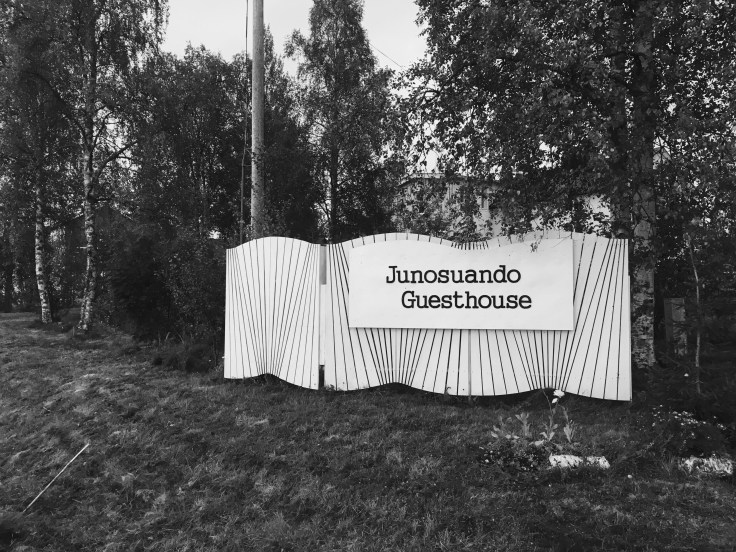


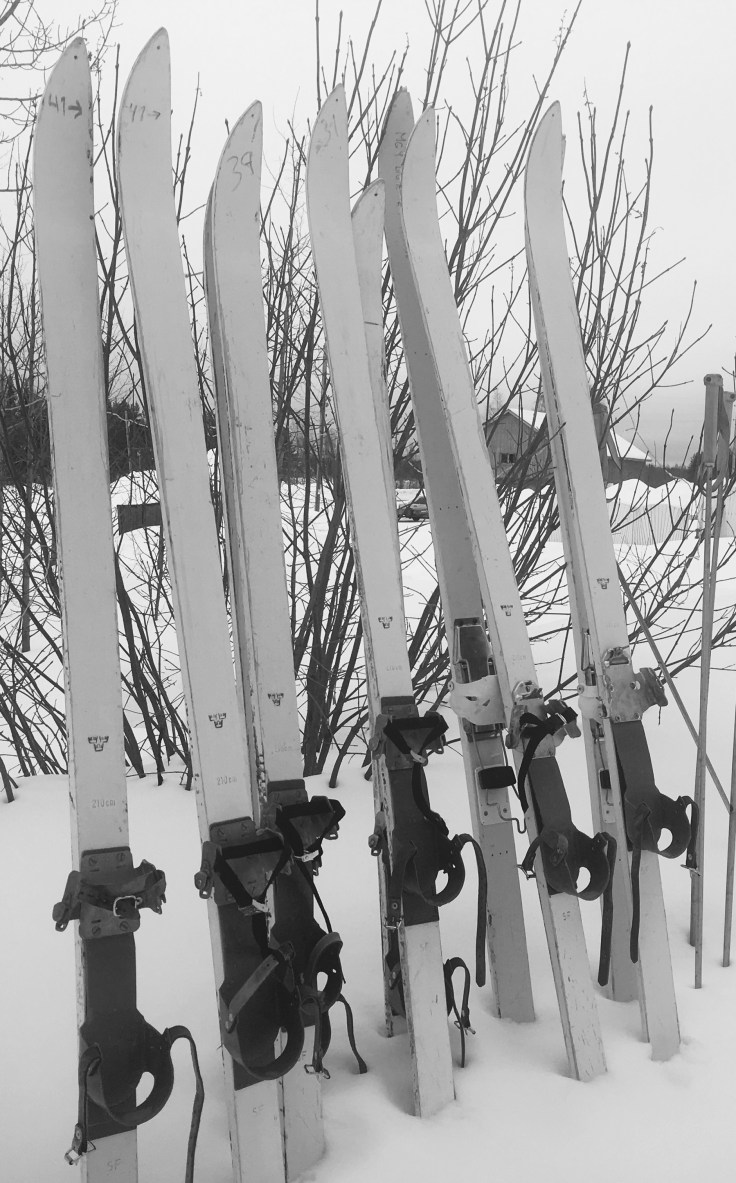
I skied into Junosuando looking at the first familiar sight I have seen during the journey — a hill with a communications tower on top, the landmark that Mikael pointed me to months ago, to find my direction. I followed the hill towards the river since I was coming from Kangos, and pretty soon I saw the big white house surrounded by birch trees. Now there were ice carts and skis instead of bicycles. I left my skis and pulka and took a cart up the road past the church and school to Mikael and Maya’s little red house.
Mikael and Maya and their three girls live on the corner just 300 meters from the place where Mikael’s father was born. Maya is from Ontario with an Indian father from Karnataka, and she and Mikael met while traveling in India. After settling in Sweden, they started their business, Aurora Retreat, to make a living and support the family.
Both have a breadth of knowledge about crafts, the outdoors, and nature, so for their retreat they run a wilderness camp, The Three Rivers Camp. The camp is a cluster of octagonal wooden houses on a point where Tarendo River leaves Torne with more than half of Torne’s water. Tarendo links to Kalix River and at the point where the rivers bifurcate, the vast space of water looks like a lake.

I stayed for a few days at the guesthouse/youth hostel that Mikael and Maya run in Junosuando. The days there were full of nice conversations, baking, and hanging out with Sonia, their youngest daughter, who is a unique character; she is blind and has a mind that works differently than most. Her memory for detail is astonishing and she can tell you every flavour in food she eats or the smells in the cabinet. Her senses are strong and her presence stronger. Sonia likes to bake, so we did that together, and I got to pick her up from school some days.
Sita, the middle girl, is quiet and determined. By herself she is training to be a gymnast, and upstairs in their little house they have a mat and a small beam where she can practice. She is quite good and has started to compete in Kiruna, a bigger town to the north. Uma, the eldest at 13, is a classical pianist and she plays lots of music, filling the house with Chopin in the evening.
The day I left, Mikael and I set out with Uma towards the wilderness camp. The red cabins lit up with candles and a warm fire raging in the stove, the place is an arctic dream, an escape to a world of snow, pine and spruce, and the quiet of winter birds. He and I stayed the night and Uma skied back. We had a sauna and ate reindeer soup, preparing for the next day.
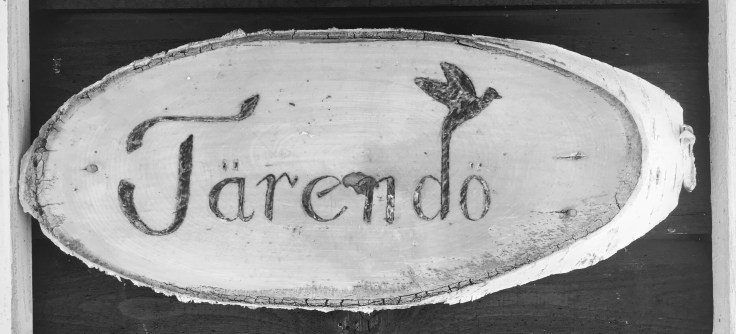

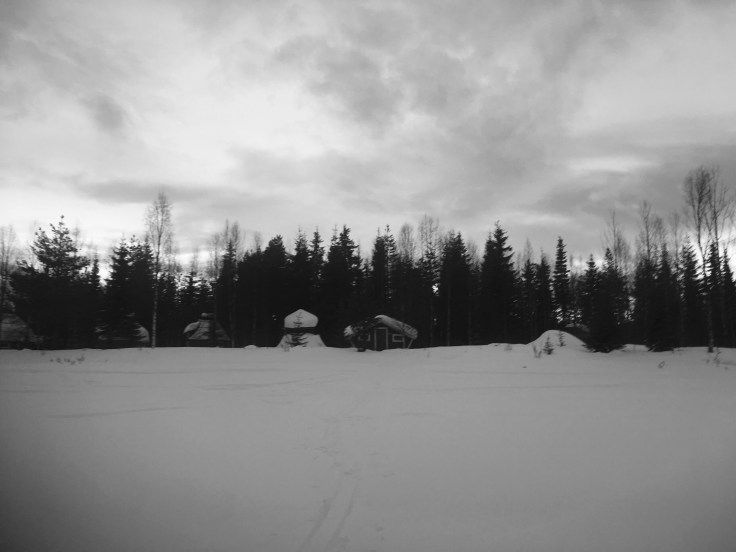

In the morning it was snowing, and as Mikael and I set out, the fear of falling through the river that has haunted me since Haparanda was on my mind.
The feeling of floating atop a powerful current of water is one of transcendence for me, death feels close, lurking under thin ice. However with Mikael, I was calm. He knows the river near Junosuando very well, and he could point out to me all of the features of the ice and the movements of water. Through wind and snow we went as he showed me how to test the ice, to find where it is thin and thick and how to understand the flow and ebb of the currents.
I started to think, if one had grown up treading on river ice all their life, but had not experienced driving a car, what would it be like to drive a vehicle on the interstate? Probably terrifying, the risk of getting pummeled by heavy machinery uncomfortably high. So perspective, experience, and a rational understanding began to soothe my nerves.
In the afternoon the sky began to clear as we arrived in Kurkkio, a village at the foot of a big rapid in the river, with people living on either bank. Mikael knew a couple there, Hans and Marina who run a charcoal business called Kolektivet which translates to Coalective, a clever name.
We came to the house, which was apparent because of the twin oven enormous charcoal cooker in the yard. Hans came right out and welcomed us in for a plate of delicious bar-b-que and coffee. The charcoal they make is done with birch, and the food has a most amazing flavour unlike any I’ve had before. Hans’ brother and business partner Pär was also in for the weekend as well as an Estonian named Kalev.

They graciously invited Mikael and I to stay the night and have a sauna, which we happily accepted. While they did a bit of afternoon work, we went back out skiing to explore the river. In the awe inspiring slow sunset we saw the Kurkkioforsen, the rapids, and also the other side of town on the other bank of the river. We skied some nice hills and I took a few face plants skiing down on Mikael’s long wooden skis. We got ourselves hungry for dinner.


On return the sauna was nearly ready as was the food, bar-b-que again! So we all sat and ate and drank nice Estonian beers complements of Kalev. After dinner, full and sleepy we all made our own ways to bed.
In the morning, Mikael and I helped load the charcoal ovens with birch before setting out, Mikael back to Junosuando, and I up to Kuoksu. This was the first time I had really skied the river by myself and without a well marked snowmobile trail because the main track veered far overland to the southwest. So cautiously, remembering what I had learned from Mikael, I made my way.

River ice is not to be taken lightly, but rather respected, it can be understood much like the ocean or an interstate. When the river is wide and the flow is slow, the ice will be thick, and the areas of greatest risk will be near the bank where there is a dynamic between land and ice that can cause cracks or holes. When the water is fast and especially steep the ice will open in the middle and one must travel cautiously by the bank, better yet on land. Where there are inlets, there will be open water, and it can be that these openings are covered with snow, dangerous places. Also on the banks there can be springs, natural upwellings that create thin ice where one might not expect.
Satellite maps have helped me very much to see in advance where there is white water, where the river is narrow and fast, and where there are inlets ahead so that I can find myself on the proper bank.
The place names here also indicate the speed of the river. Kukkolaforsen means “Kukkola rapid,” fast water. Junosuando means “Juno slow water,” and Jukkasjarvi means “Jukkas lake.” When the river gets really wide, it’s considered a lake. These names also reflect the heritage of tornedalen– forsen is Swedish, jarvi is Finnish.
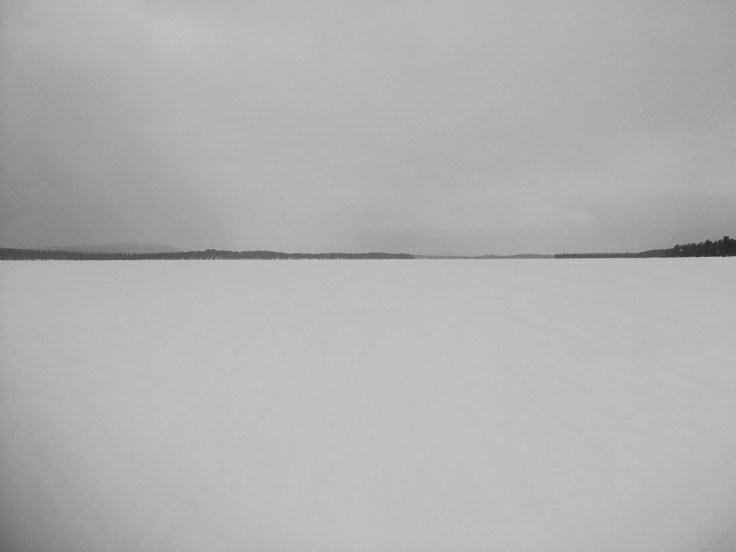
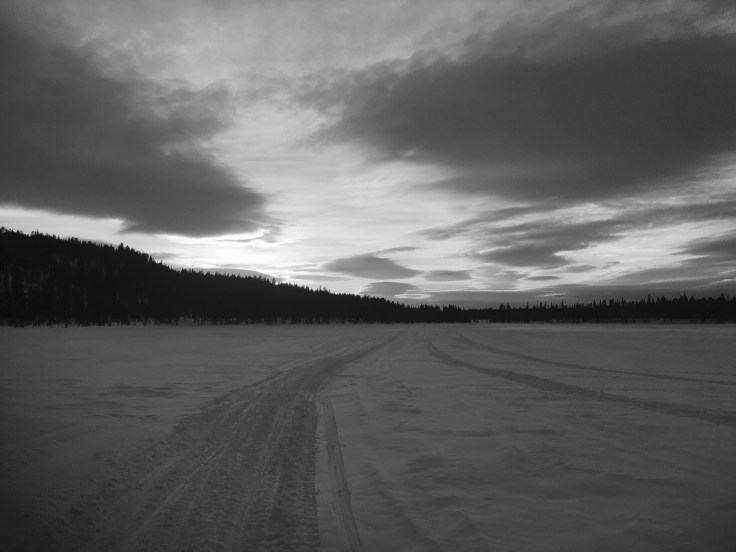

Nearly to Kuoksu
River right, good ice
It looks like
Testing, testing
Craaaaaaaaackk
Nope, not good ice
Heart thumping
Into the forest
…
I arrived in Kuoksu late, and after asking at one house about a public cabin, I was sent to find Frederick. He was in a huge tractor moving snow, and he and his wife
Mia offered to let me stay in their place which they are building themselves. It was still a bit of a construction site, but I got to talk to them and help put in baseboards. The next morning I was off heading to Vittangi.
There I met Håkan Lundstrom, an old fixture of these woods, an artist, outdoorsman, carpenter, filmmaker, and firefighter. A jack of all trades, he offered to help me pick a route upriver and fed and coffeed me.
The river between Vittangi and Jukkasjarvi is mostly narrow with lots of long rolling houses. It’s about 55 kilometers without a town, just cabins by the river. I saw lots of life–moose, caribou, and plenty of spring birds. The birdsong reminded me of the equinox, spring is here, summer is near.
I stayed two nights on the leg–one in a wind shelter and one in an open public cabin with a sauna and woodstove. It was so good to happen upon that place after a long day of skiing, to find dry wood and a bed.
…
At Jukkasjarvi the river opens up as though taking a deep breath. The banks are a kilometer apart, and as I would soon find out, the ice is very thick and strong.
From a long way, I could see machines on the ice, it’s real, I thought, knowing that these belonged to the Ice Hotel. On the google earth image, Jukkasjarvi still has ice on it, and the ice hotel is a white pile of melting snow surrounded by the green pixels of spring. An hour of skiing after I first saw the machines, I was standing by the giant tractor forklift pulling two tonne blocks of 3 foot thick blue ice out of Torne. I talked to the guys working out there for a while and they pointed me to where I would stay the night.
I was invited to stay with Carina Henrikkson, the opera singer and theater director who I met in Pajala, and her husband Arne Bergh, the art director and part owner at ice hotel. Arne and Carina live in a beautiful home subtly bedded into the riverbank across from Jukkasjarvi in Poikkijarvi, which literally means “the other side of the lake.” The house is decorated with beautiful wood carvings done by Arne who is a sculptor, and there are photos on the wall of Carina singing in the Ice Globe, a replica of the globe theater that was built here in Torne ice some years ago. The dynamism between these two artists is strong and after a nice dinner Arne and I spoke for hours.

I learned that the Ice Hotel was born as an igloo art gallery housing paintings, but after Arne arrived the idea shifted so that the ice itself became the art, “ephemeral art,” as Arne put it. The ice represents just the most minute sliver of water from Torne and because the hotel rests on the riverbank, in the spring, the water returns to the river.
This morning after breakfast I got toured around, and, well, I will let the photos speak for themselves.

Nearly to mountains
Forests rising as if waves

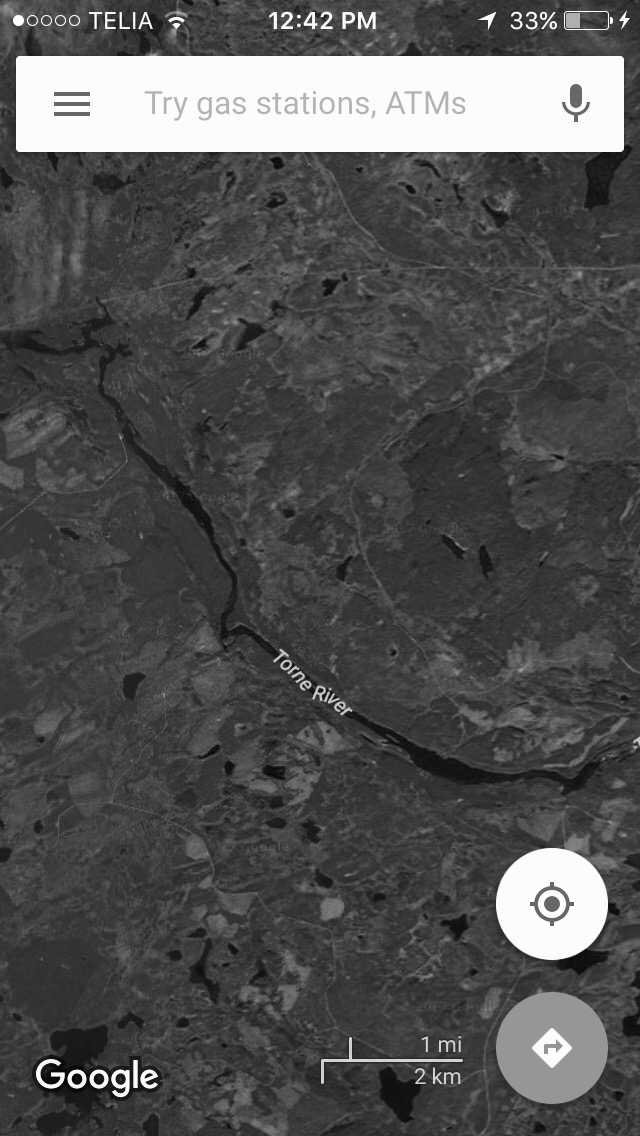






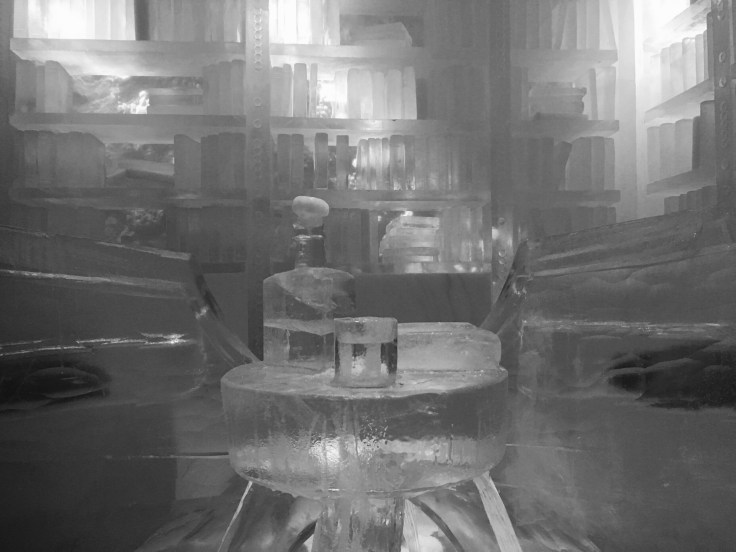





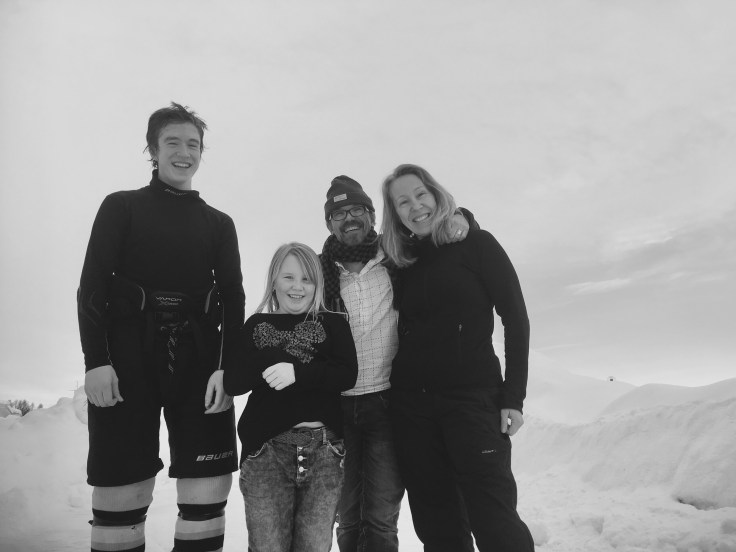

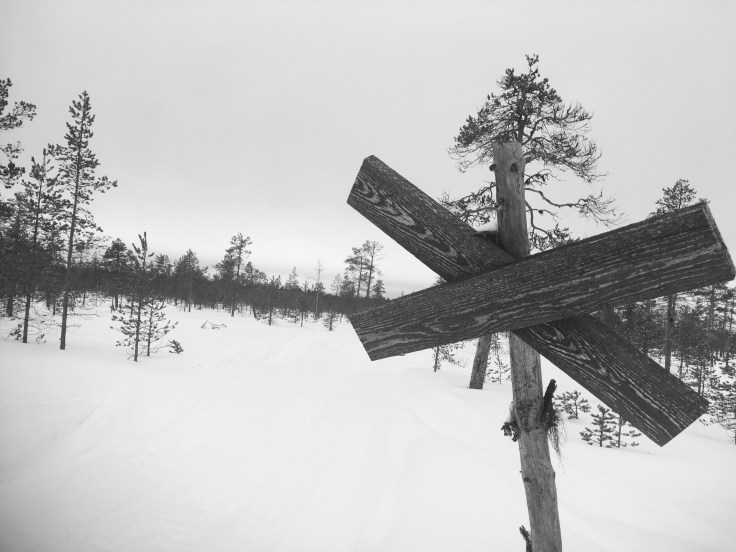
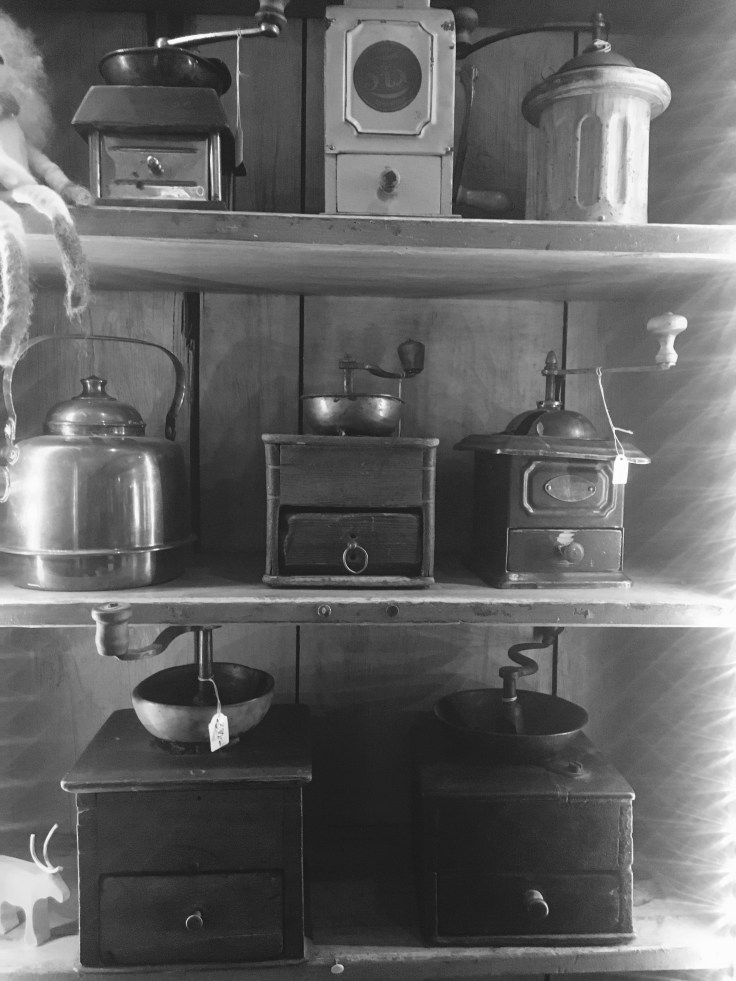


Recent Comments